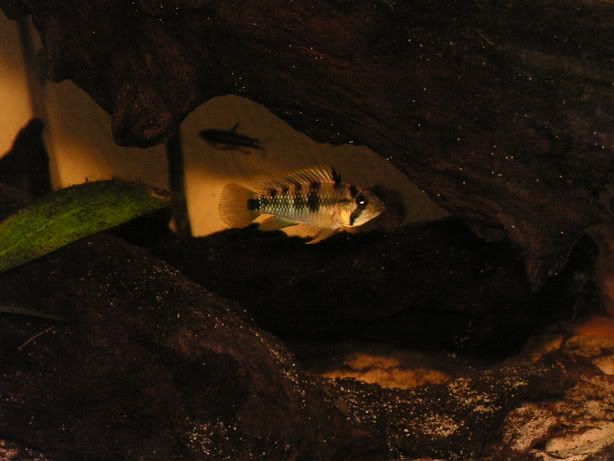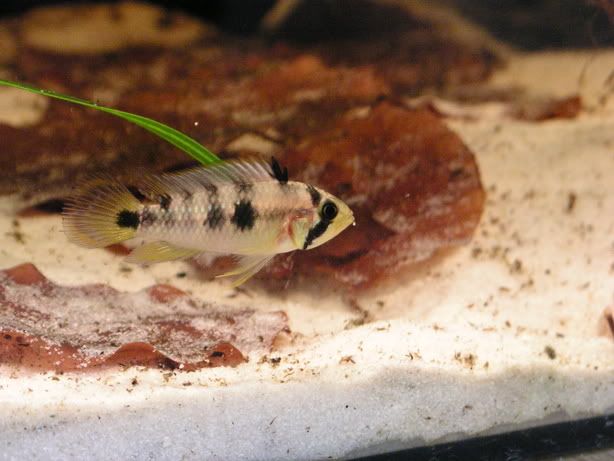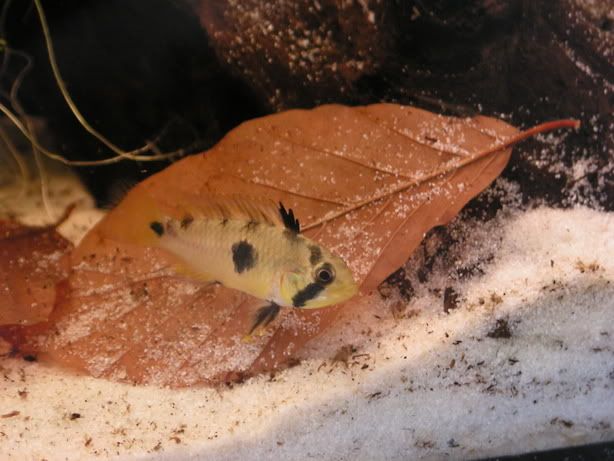- Messages
- 168
- Location
- Copenhagen, Denmark
I recently purchaced these two apistos, and I don't doubt that I have a male and a female. But which species is it?
I have an idea, but I'm keeping it to myself for now, so that your opinion won't be biased The male is around 4 cm and the female only af fraction shorter.
The male is around 4 cm and the female only af fraction shorter.
First af photo of the male in two different lightings:


The female in her best mood (they haven't bred yet). In neutral mood she carries a lateral stripe:

Thank you in advance,
Lars
I have an idea, but I'm keeping it to myself for now, so that your opinion won't be biased
First af photo of the male in two different lightings:


The female in her best mood (they haven't bred yet). In neutral mood she carries a lateral stripe:

Thank you in advance,
Lars


